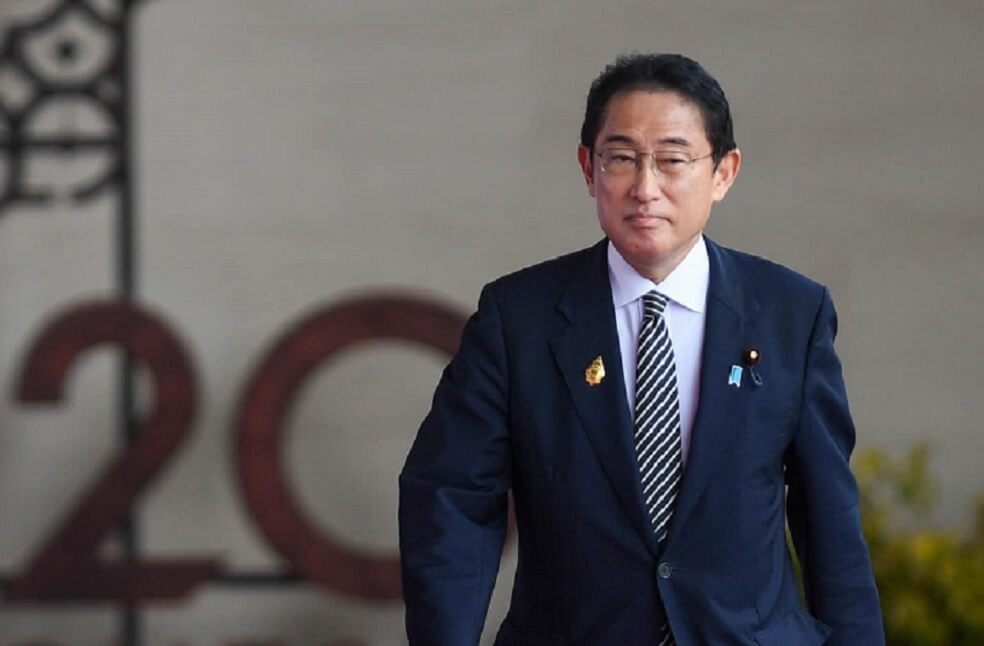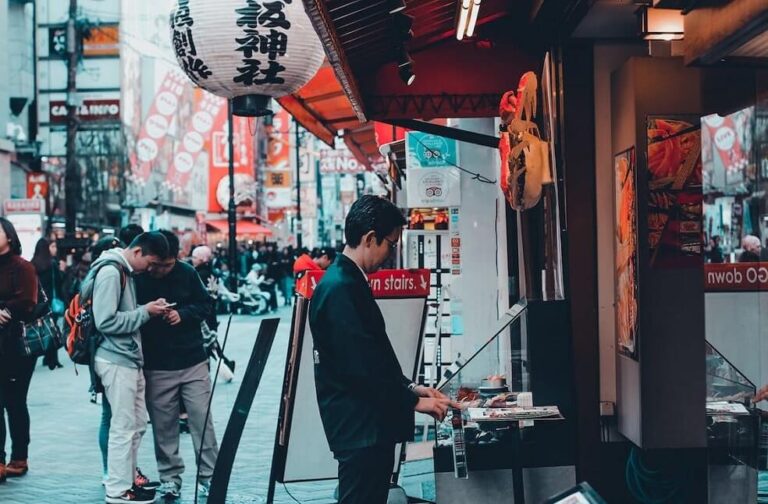Tokyo, Japan: The inflation rate in Japan has accelerated to a 40-year high in October, due to currency weakness and pressures from imported costs that the central bank ignores in order to maintain an ultra-low interest rate policy.
The core Consumer Price Index (CPI) for the entire country grew by 3.6 percent against a year earlier, exceeding both the 3.5 percent increase predicted by experts and the 3.0 percent increase recorded in September.
It was the largest increase since February 1982, when the Iran-Iraq war-related Middle East crisis disrupted the supply of crude oil and caused a rise in energy costs.

The increase in the index, which includes oil goods but excludes volatile fresh food prices, demonstrated that inflation stayed over the Bank of Japan’s (BOJ) target of 2 percent for a seventh consecutive month.
Mr. Haruhiko Kuroda, Governor of Bank of Japan, has reiterated his commitment to maintaining monetary stimulus in order to achieve wage growth and stable inflation. The central bank maintains short-term rates at minus 0.1 percent and long-term rates around zero.
Foreign supply shortages have increased the cost of imported food, industrial supplies, and manufacturing materials. Therefore, the yen has also fallen this year, falling more than 20 percent in dollar terms..

I haven’t changed my view that the rise will start to slow down soon. I expect inflation to peak by year-end and the rise in prices to start diminishing in the new year.
Mr. Takeshi Minami, Chief Economist at Norinchukin Research Institute.
While the central bank’s loose monetary policy has lowered the value of the yen and increased the earnings of Japanese companies operating abroad, it has also led to the rising cost of imported goods.
Last month, Japanese Prime Minister Mr. Fumio Kishida proposed a $260 billion stimulus plan to support the economy, which included steps to assist consumers in managing growing energy bills.



